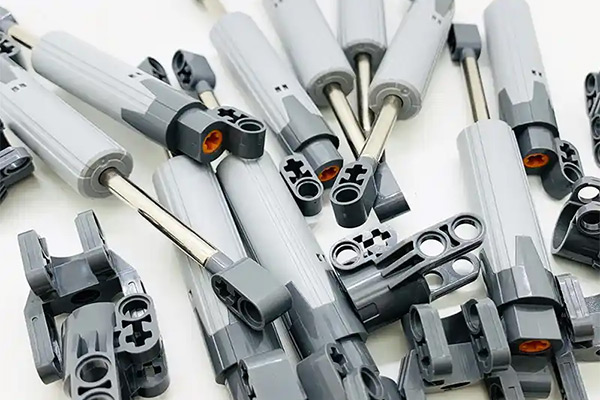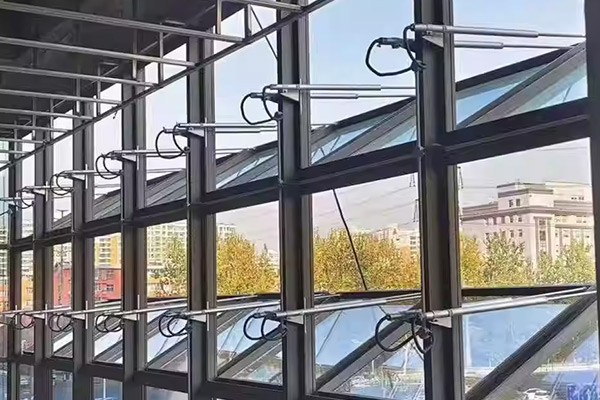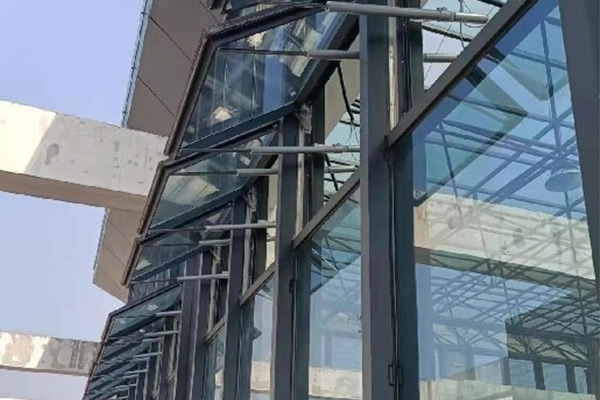Why Choose an Electric Track Linear Actuator?
Compared to traditional rod-style actuators or pneumatic/hydraulic systems, electric track linear actuators offer compelling advantages:
● Key Advantages: Precision, Compactness, and Easy Integration
● Unparalleled Precision Control:
Electric track linear actuators often incorporate high-precision stepper or servo motors. When combined with feedback systems like encoders, they enable highly accurate control over position, speed, and force. This level of precision is invaluable for applications requiring positioning down to millimeters or even micrometers. The internal drive mechanisms, such as ball screws or high-strength timing belts, further contribute to exceptional repeatability.
● Maximal Compactness and Space Utilization:
This is arguably their most significant benefit. Because the carriage moves within the internal track, the actuator's total length never changes. This makes them perfectly suited for tight spaces or for seamless integration into existing machinery where traditional extending rods would pose a problem. This design philosophy is central to the ongoing trend of miniaturization and modularity in automation equipment.
● Simplified Installation and Integration:
Being electrically driven, these actuators eliminate the need for bulky hydraulic pumps or pneumatic compressors and their associated complex piping. You simply connect power and control signals, making for quick and straightforward installation and deployment. This greatly streamlines system design, reduces setup time, and can significantly lower overall operational costs.
● Clean, Quiet, and Energy-Efficient Operation:
Electric track linear actuators operate without the mess of oil leaks or gas emissions, making them a cleaner and more environmentally friendly choice, ideal for cleanroom environments or medical applications. They typically operate with low noise levels, contributing to a more comfortable working environment. Furthermore, electric actuators are generally more energy-efficient than hydraulic or pneumatic systems, consuming power only when motion is required.





